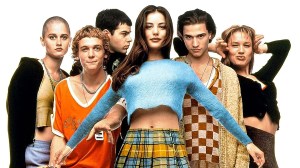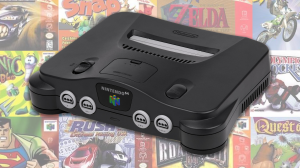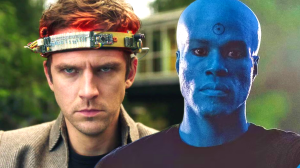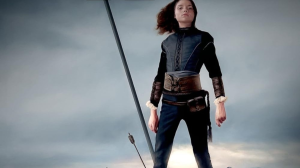Square Enix is one of the most well-known developers and publishers in the gaming industry, but before this it was just Square. It single-handedly changed the course of RPGs with Final Fantasy VII. Even before this, it was known for some incredible games, like Final Fantasy VI, which I believe to be one of its best JRPGs of all time. Nintendo was another big name, known for its iconic franchises like The Legend of Zelda and Super Mario Bros., and its consoles. To the surprise of fans, the two studios came together for a unique project and what would ultimately become not just the strangest Mario game, but a cult hit.
Videos by ComicBook.com
Super Mario RPG was unlike anything fans had ever seen before. It wasn’t about running, jumping, or the simple joy of stomping Goombas. Instead, it featured new and complex systems alongside familiar and new characters. A turn-based RPG that felt like Final Fantasy but featured the Mushroom Kingdom, it combined both Square and Nintendo’s best qualities into one incredible game.
Nintendo & Square, A Collaboration No One Saw Coming
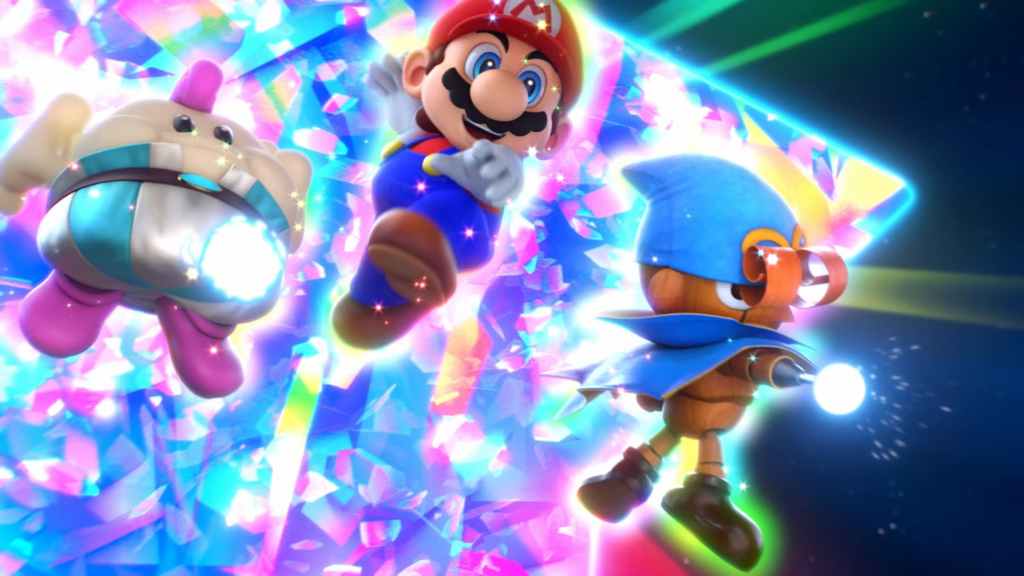
Super Mario RPG was released in 1996, bridging the gap between Final Fantasy VI and Final Fantasy VII, marking it the final Mario game on the SNES and one of Square’s last games before switching to PlayStation. The collaboration between the two was seemingly unheard of, but it makes sense looking back. With the SNES nearing the end of its life, both studios could push the hardware to its limits and released one of the platform’s best and most innovative games.
Elements from both Nintendo and Square could be seen. Nintendo’s charm in characters and world was evident in the iconic Mario and his companions. But the scope was bigger, and this is where Square’s RPG and narrative expertise came in. Players didn’t just have to run to the right to rescue Peach; they could explore an expanded Mushroom Kingdom. Towns, new allies, distinct villains, and various quests offered something Nintendo fans weren’t used to but were common in Square’s games. The combination of Nintendo’s whimsy and Square’s complexity shouldn’t have worked on paper, but it did and remains a classic to this day.
What Made Super Mario RPG So Different
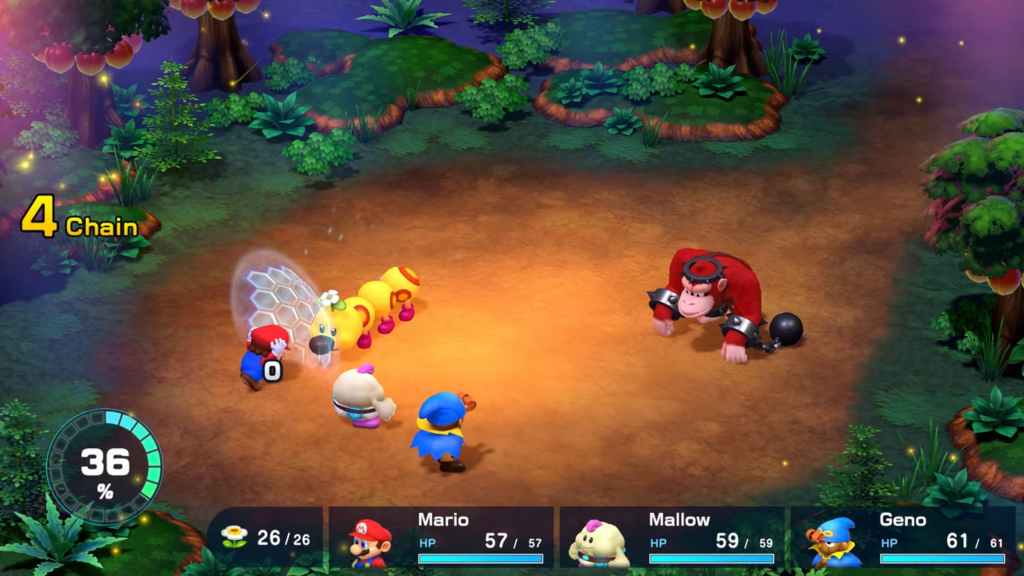
Unlike traditional Mario games, Super Mario RPG featured a turn-based battle system. Players selected commands for Mario and his allies, as players did in the Final Fantasy series. What made this unique was the departure from traditional battle systems used by Square. Players could press buttons at the right time to inflict greater damage or reduce incoming damage. This combined the strategic depth of Final Fantasy with the reflexes of Super Mario Bros., honoring both and creating something fresh.
The game stood out for more than just its mechanics. Visually, the game was charming and wonderful with darker tones. The isometric perspective and pre-rendered graphics gave Mario’s world a striking new look that drew inspiration from Square and Nintendo’s work. Nimbus Land, Booster Tower, and other locations brought a sense of scale to Super Mario RPG that other Mario games just didn’t have. All of this was accompanied by Square’s incredible soundtrack, fusing the upbeat charm of Mario’s music with RPG tones.
At first glance, Super Mario RPG seemed to be a weird experiment, but it proved to be a successful reinvention. It demonstrated Mario could survive outside of platforming and would be the defining moment for Mario to get more spin-off games. Its narrative depth, quirky humor, and rewarding mechanics showed a side of the Mushroom Kingdom that I and so many others fell in love with.
The Lasting Legacy of a Cult Classic

Super Mario RPG proved to be massively successful for Nintendo and Square. While it did not receive a direct sequel, Paper Mario and Paper Mario: The Thousand-Year Door would go on to be spiritual successors, building on its foundation and creating a new identity along the way. Geno and Mallow became fan-favorite characters that would inspire companions in future games. The Mario & Luigi games would take this further as well, focusing more on Mario and his brother. Without Super Mario RPG’s character-driven storytelling and timing-based combat, Nintendo’s history would look very different today.
Nintendo and Square would eventually go their separate ways as Square signed a new deal with Sony, and this would be the end of Super Mario RPG. Today, it is remembered not just as an oddity but as a landmark in gaming history. It broadened the scope of what Nintendo’s flagship titles could be. Years later, the remake would return veterans to the world and introduce it to newcomers who started with Paper Mario or a later game.
Square, now Square Enix, continues to explore remakes of its classic RPGs, and Nintendo has done similar. But I wonder what would have happened if Nintendo and Square had continued collaborating. Would a proper Super Mario RPG sequel have existed? Would Geno and Mallow become canon characters? Sadly, the possibilities can only be theorized, but Super Mario RPG remains one of my favorite games and one of the most unique in history.
What do you think? Leave a comment below and join the conversation now in the ComicBook Forum!


